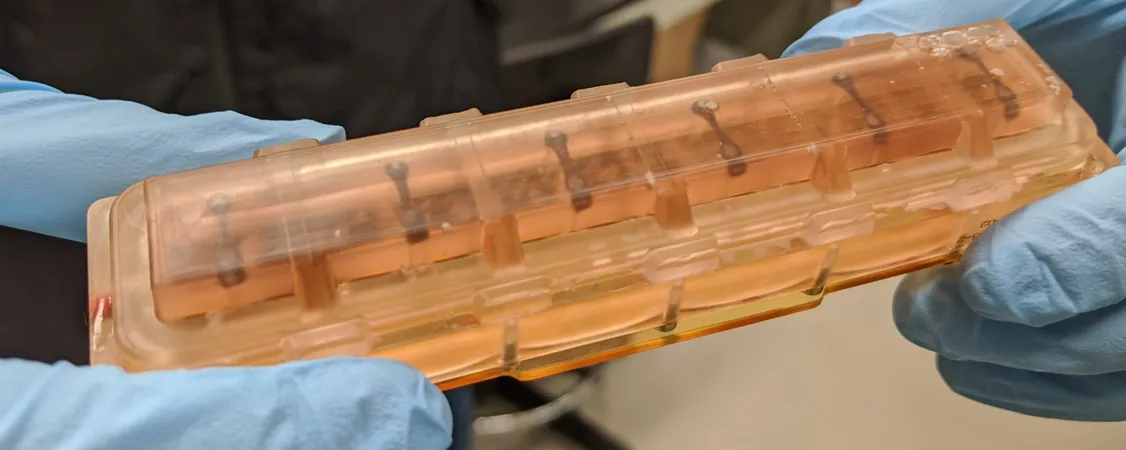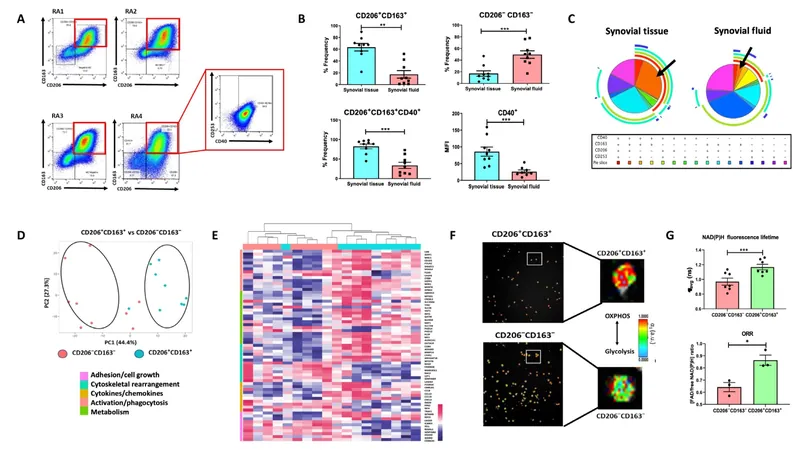
Shocking Discovery: Low Gravity in Space Harms Heart Muscle Cells!
2024-09-23
Recent Groundbreaking Research from Johns Hopkins Medicine
Recent groundbreaking research from scientists at Johns Hopkins Medicine has revealed that low gravity conditions in space can severely weaken human heart muscle cells. In a unique experiment, 48 bioengineered heart tissue samples were sent to the International Space Station (ISS) for 30 days, with startling results: the cardiac tissues exhibited nearly half the strength in contraction compared to samples kept on Earth.
Critical Insights into Astronaut Health
The analysis of these tissues, now published in the Proceedings of the National Academy of Sciences, adds critical insights into how prolonged exposure to microgravity could endanger astronauts' health during long missions. Previous research has indicated that astronauts who return from space sometimes suffer from age-related issues like reduced heart function and arrhythmias (irregular heartbeats). Understanding the underlying cellular and molecular impacts is essential for safeguarding their health in future explorations.
Concerns from Dr. Deok-Ho Kim
Dr. Deok-Ho Kim, the project's lead and professor of biomedical engineering at Johns Hopkins, has expressed concerns that these heart tissues "really don't fare well in space." In this phase of the study, Dr. Kim and his team sought to explore the cellular effects of low gravity in depth, potentially providing clues for both space travel safety and heart disease therapy on Earth.
The Creation of Bioengineered Heart Tissue
To create the heart tissue sent to the ISS, scientist Jonathan Tsui, who was Dr. Kim’s Ph.D. student, developed human induced pluripotent stem cells (iPSCs) into heart muscle cells (cardiomyocytes). After extensive preparation, Tsui personally transported the bioengineered tissues to the Kennedy Space Center, ensuring their viability throughout the mission.
Experiment on the ISS
While in space, the heart tissues were placed within a sophisticated miniaturized tissue chip designed to simulate the adult human heart environment. The researchers monitored the tissues in real time every 30 minutes, making key discoveries about their performance. They found that on the ISS, the rhythm of heart muscle contractions extended from a normal one-second interval to nearly five seconds, a dramatic shift that could precede heart failure.
Disordered Sarcomeres and Damage
Worse yet, the heart muscle cells developed disordered sarcomeres – the protein structures critical for contraction – and showed marked signs of oxidative damage and inflammation, both significant markers of heart disease.
Continued Research on Earth
Back on Earth, the scientists continued their analysis, discovering that support cells known as mitochondria grew bigger and lost their energy-efficient structure. This finding amplifies the health risks astronauts may face and indicates that similar conditions might affect aging populations on Earth.
Future Research and Implications
In an exciting development, Dr. Kim's team is currently working on sending a second batch of 3D engineered heart tissues to the ISS to test potential drug therapies that could protect against low gravity's damaging effects. The implications of these studies could pave the way for not just improving astronaut health but also preserving heart functionality as humans age.
Conclusion: Challenges Ahead in Space Exploration
As humanity pushes the boundaries of space exploration, these alarming findings serve as a stark reminder of the challenges that lie ahead. Will we find a way to protect our hearts as we reach for the stars? Stay tuned for updates on this life-saving research!


 Brasil (PT)
Brasil (PT)
 Canada (EN)
Canada (EN)
 Chile (ES)
Chile (ES)
 España (ES)
España (ES)
 France (FR)
France (FR)
 Hong Kong (EN)
Hong Kong (EN)
 Italia (IT)
Italia (IT)
 日本 (JA)
日本 (JA)
 Magyarország (HU)
Magyarország (HU)
 Norge (NO)
Norge (NO)
 Polska (PL)
Polska (PL)
 Schweiz (DE)
Schweiz (DE)
 Singapore (EN)
Singapore (EN)
 Sverige (SV)
Sverige (SV)
 Suomi (FI)
Suomi (FI)
 Türkiye (TR)
Türkiye (TR)